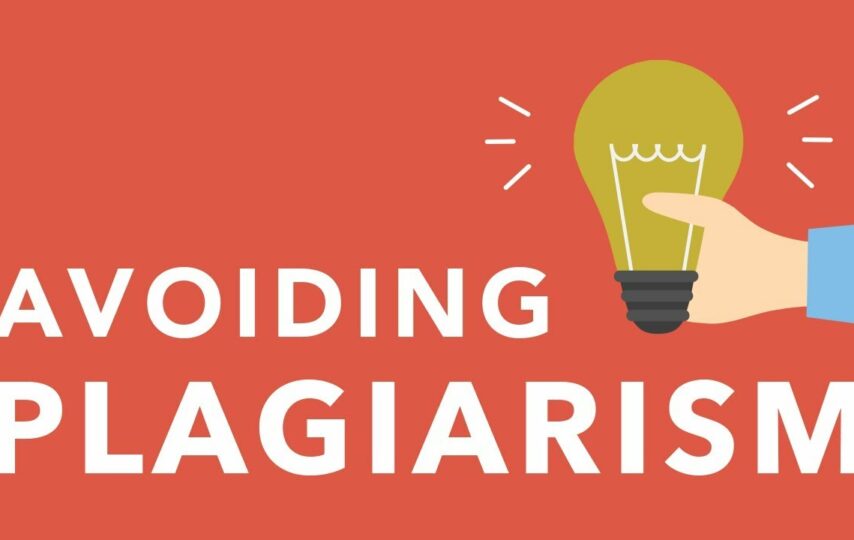Plagiarism depicts using another person’s thoughts, ideas, expression, or language as one’s original work. Plagiarism is considered an integrity violation in academic and journalistic fields and leads to legal action. Moreover, it jeopardizes students’ grades, and plagiarists can also be fired or suspended; hence, it ruins someone’s reputation. Therefore, people should be taught to present their ideas, paraphrase, use citations, including quotations, and summarize other people’s ideas to prevent plagiarism and avoid the consequences.
Present Own Ideas
Presenting your ideas about a topic is the best method to prevent plagiarism, considering that one contributes to existing information. Furthermore, in developing an idea, one considers unique perspectives, and this approach helps develop creativity. Moreover, coming up with new ideas helps an individual avoid plagiarism and helps one open mind to identify problems and develop solutions. Therefore, people should be advised to present their ideas to prevent plagiarism, which also aids in enhancing creativity.
Paraphrase
Paraphrasing prevents plagiarism, considering that one rewrites other people’s information using their own words. Paraphrasing involves reading and internalizing the information and writing a new piece depending on an individual’s interpretations and insights. If paraphrasing is not done correctly, one might use the exact wording, which results in plagiarism. Therefore, individuals should compare the paraphrased material with the original information to ensure message distinctiveness. If you are unsure whether you succeeded or not, do not hesitate to browse around these guys for proofreading.
Use Citations
Citations depict acknowledging other people’s ideas by stating the author’s name, publishing date, and other elements relating to the original information. This approach is paramount in shunning plagiarism, considering despite paraphrasing, using quotes, including analysis and thoughts, one should credit other people’s work. While citing, one should include in-text citations while writing rather than adding them later. Additionally, students should be aware of different citing styles while educating people on using citations helps prevent plagiarism.
Include Quotations
One of the simplest ways to avoid plagiarism is using quotation marks since it denotes that words belong to someone else. A direct quotation depicts taking someone’s words and placing them in one document. An individual does not alter any word; hence, one should cite adequately to credit the author. However, one should avoid utilizing many direct quotes since it denies people an opportunity to incorporate their ideas. Therefore, creating awareness on the utilization of quotations helps prevent plagiarism.
Summarize Other People’s Ideas
Summarizing involves taking other people’s ideas and condensing them into their own words by identifying key concepts and facts. In summarizing, an individual should first identify the source, read the source, recognize the main ideas and then write a summary. Unfortunately, unintentional plagiarism is common, and this can be avoided by identifying relevant materials helpful in writing. In this respect, teaching how to read related materials and summarise them while citing is significant in preventing plagiarism.
In conclusion, educating on how to summarize other people’s ideas, use quotations, paraphrase, utilize citations and present their ideas is crucial in preventing plagiarism. Plagiarism is illegal, and its practice has severe consequences, such as the imposition of fines and penalties. Therefore, educating and teaching to avoid plagiarism is appropriate, considering that people develop their ideas and utilize appropriate mechanisms to shun the penalties.








